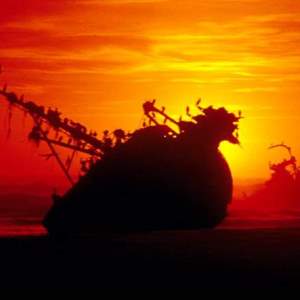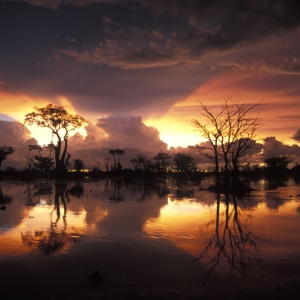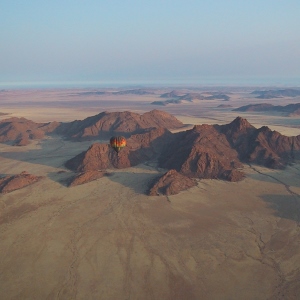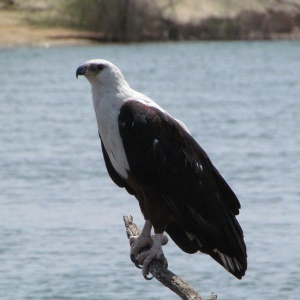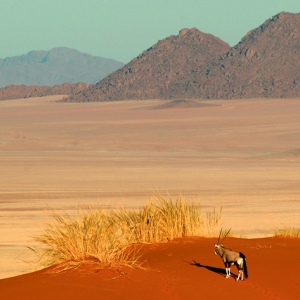Highlights of Namibia

Skeleton Coast
The hauntingly beautiful and windswept Skeleton Coast which covers an area of two million hectares, is an eerie yet fascinating landscape and one of the most unusual coastlines in the world. It is named after the numerous remains of shipwrecks and giant whale skeletons that have littered the desolate landscape. There is rich bird and sea life all over the area, including Cape fur seal colonies and inland desert elephants, oryx, giraffe, brown hyena and lion. Walvis Bay Lagoon is regarded as the most important wetland for coastal birds in Southern Africa, with about 200,000 birds stopping here on their migration to and from the Arctic.
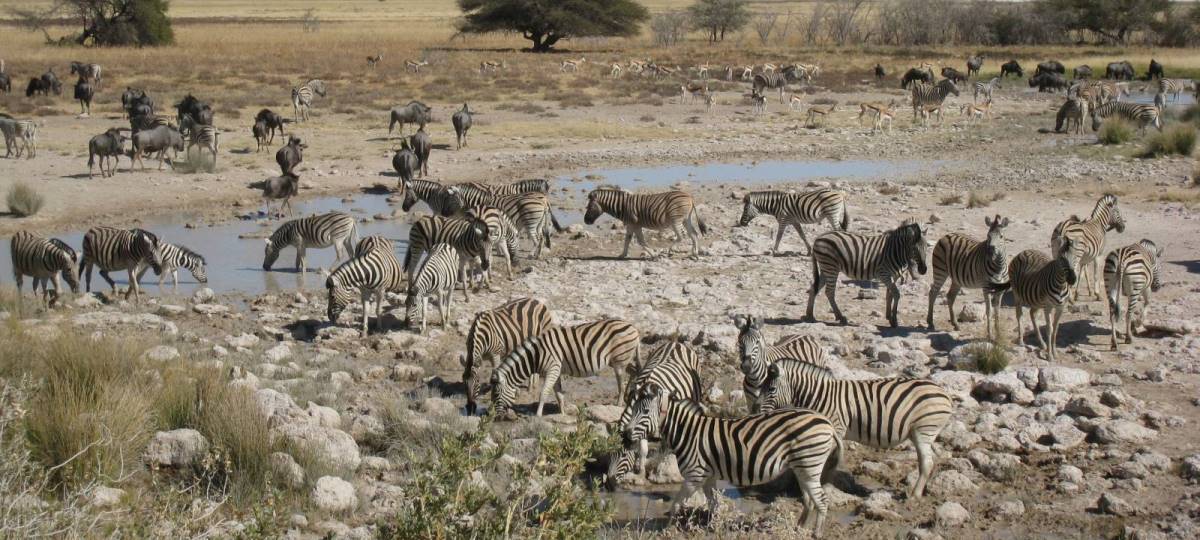
Etosha National Park
Etosha National Park, said to have 114 species of mammal and 340 species of bird, is one of the great wildlife viewing areas in the country. Perennial springs attract giraffe, elephant, birds and big cats. The park’s most distinctive feature is the vast Etosha Pan – a salt pan which attracts many creatures, including flamingos.
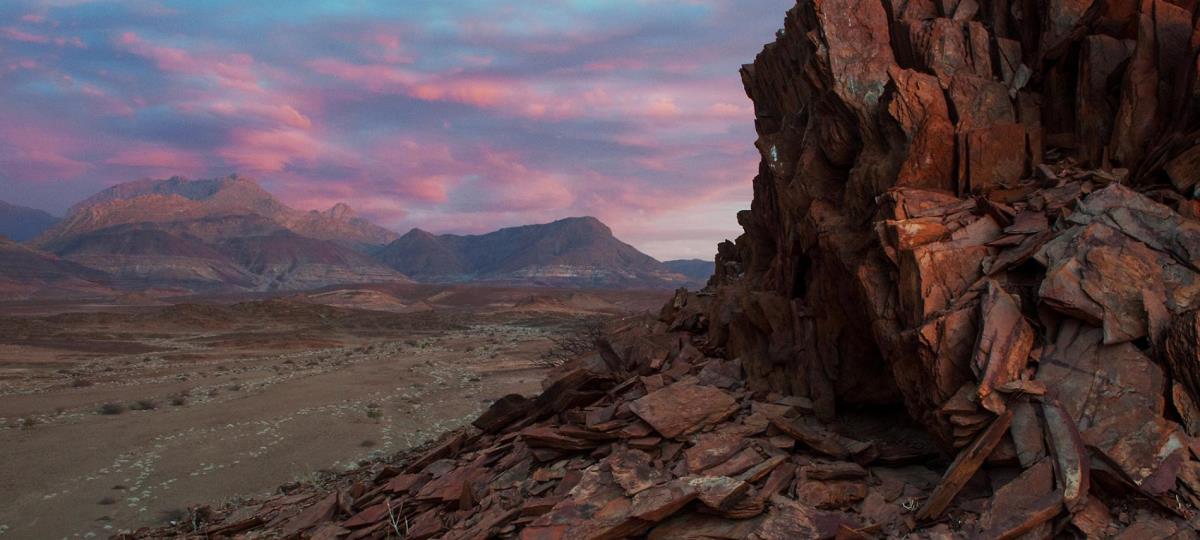
Brandberg Mountains
The backdrop of this impressive region is the Brandberg Mountains and their wide valleys. These stark plains are home to ancient petrified forests which are some 200 million years old. Rock art dating back thousands of years can be viewed in the ravines and caves of the Brandberg Mountains, and one of the delights of the area is meeting some of the Himba people whose ancestors may even have been the artists. The area is home to the endangered desert elephant which can be seen roaming around areas of dry riverbed, and this is also the area where you can trek with a skilled ranger in search of the desert-adapted black rhino.
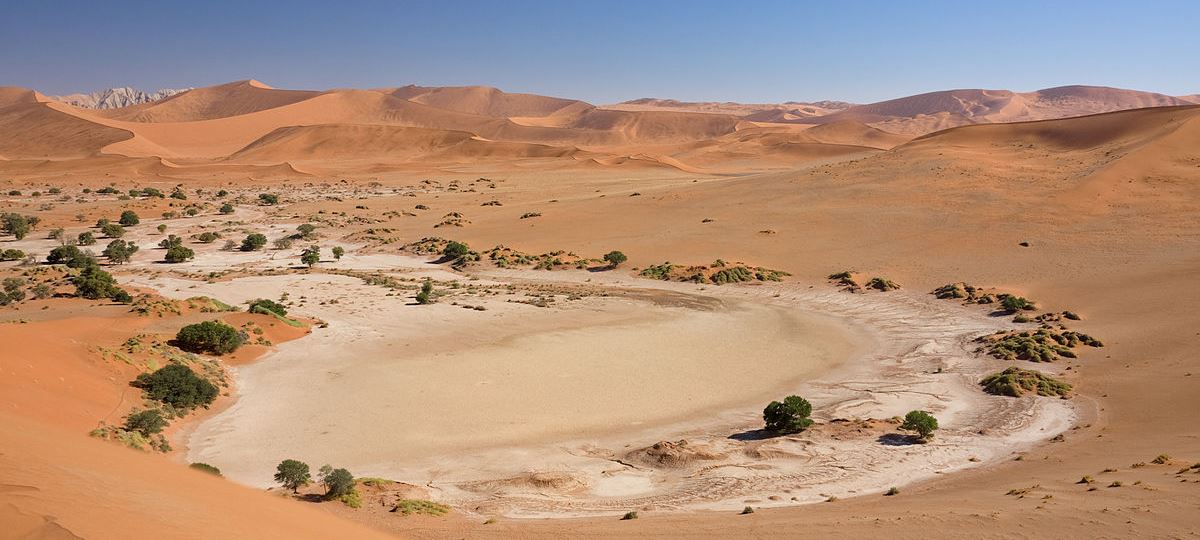
Sossusvlei
A photographer’s paradise, Sossusvlei is a clay pan in the central Namib Desert. Fed by the Tsauchab River, it is known for the towering red sand dunes which surround it and which, at 300m high, are the highest in the world. Vegetation, such as the camelthorn tree, is watered by infrequent floods of the Tsauchab River, which slowly soak into the underlying clay. The best views of the dunes are at sunrise, when the rich colours make for fabulous photo opportunities.

Caprivi
Located in the far northeast corner of Namibia, the Caprivi area is a game-rich lush wetland region unique in the country. In respect of flora, fauna and terrain, the area is similar to Botswana’s Okavango Delta, and it is protected within three distinct national parks – Bwabwata, Mudumu and Mamili. The wildlife is impressive: a birder’s paradise, with more than 450 species recorded and large herds of elephant that can rival any in the Chobe National Park, particularly on the Linyanti River at the southern point of the Mudumu National Park.
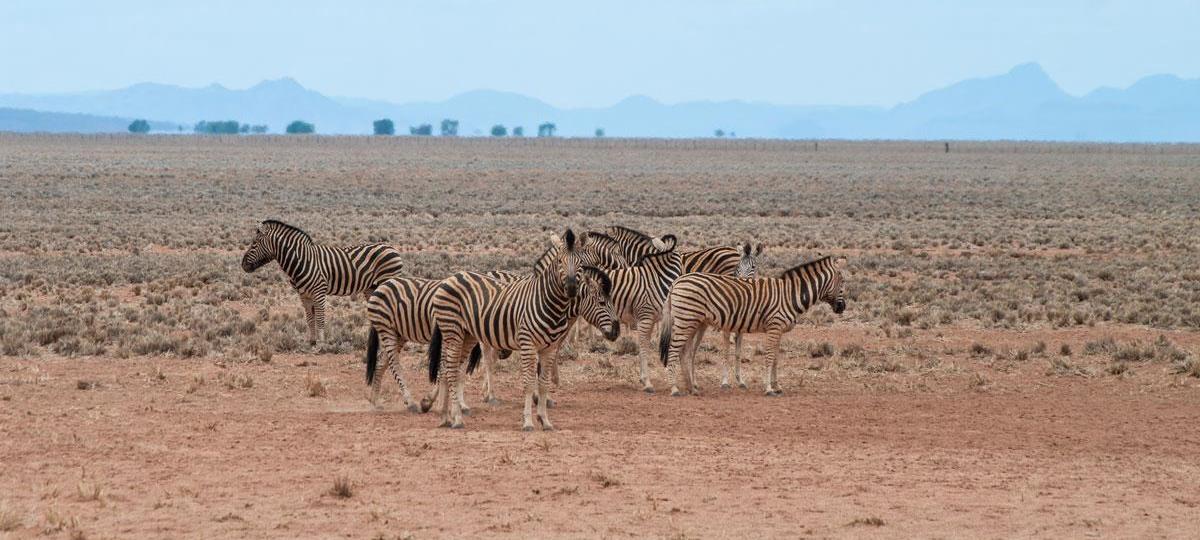
NamibRand Nature Reserve
Located in the south of the country, the NamibRand Nature Reserve was established in 1984 to help protect and conserve the unique ecology and wildlife of the southwest Namib Desert – critically important to facilitate the seasonal migration of animals. It is probably the largest private nature reserve in southern Africa, and to date 17 former livestock farms have been rehabilitated into a single continuous natural habitat. The reserve shares a border with the Namib-Naukluft National Park in the west and is bordered in the east by the imposing Nubib Mountains. Virtually all facets of the Namib Desert are represented – sand and gravel plains and stretches of savannah alternate with mountain ranges and vegetated dune belts.



